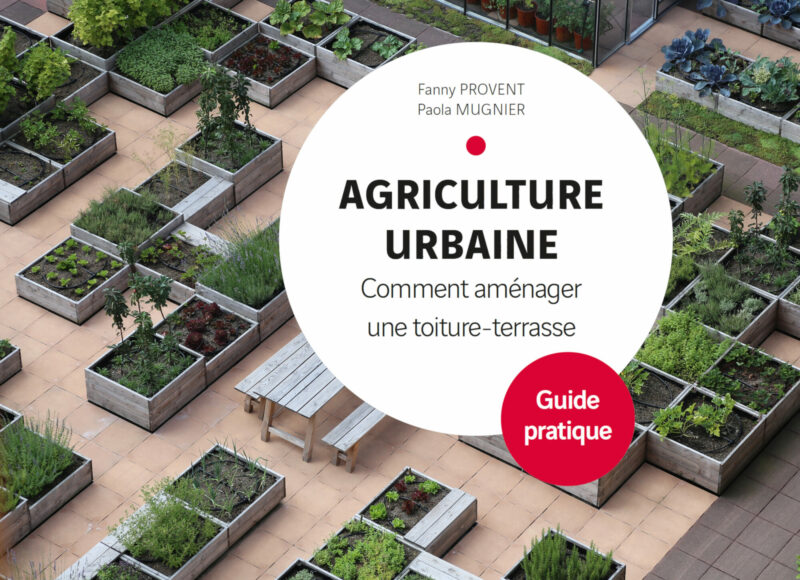To preserve or improve the many services provided by nature in the city, it is necessary to assess the state of biodiversity, to predict the impact of a project (construction, rehabilitation, development, etc.) on this biodiversity and deploy innovative techniques to preserve the proper functioning of urban and suburban ecosystems.
Consideration of the city-nature link concerns many levers of action: the greening of neighbourhoods and buildings (on the façade or on the roof); the permeabilisation of soils, the configuration of buildings and the properties of plant cover, which play an essential role in controlling urban heat island phenomena. These analyses must also factor in the relationship that city users enjoy with nature, whether in the context of setting up shared gardens or green and blue belts or concerning perception of biodiversity.
AgroParisTech takes a general interest in living things in urban, suburban and rural spaces. The work carried out by its teams within the framework of the lab recherche environnement has focused on controlling the ecological impacts of transport infrastructures and the implementation and monitoring of compensation measures. Projects have also concerned the implementation of indicators of the state of biodiversity in a neighbourhood and have resulted in a tool that is accessible to practitioners, dubbed Biodi(V)strict®.
Ecosystem services provided by nature in cities are another topic of research, which concerns the effects of the greening of neighbourhoods and buildings on the regulation of the internal temperature of buildings and the reduction of the urban heat island phenomenon.
Finally, another line of work concerns the development of technical systems for urban agriculture and has led to the publication of a guide for the development of vegetable gardens on roofs. A particularly interesting study concerns a technique for recovering urban waste for the manufacture of growth substrates that are suitable for rooftops.
- About
- Scientific publications
- Tools
- Posts






